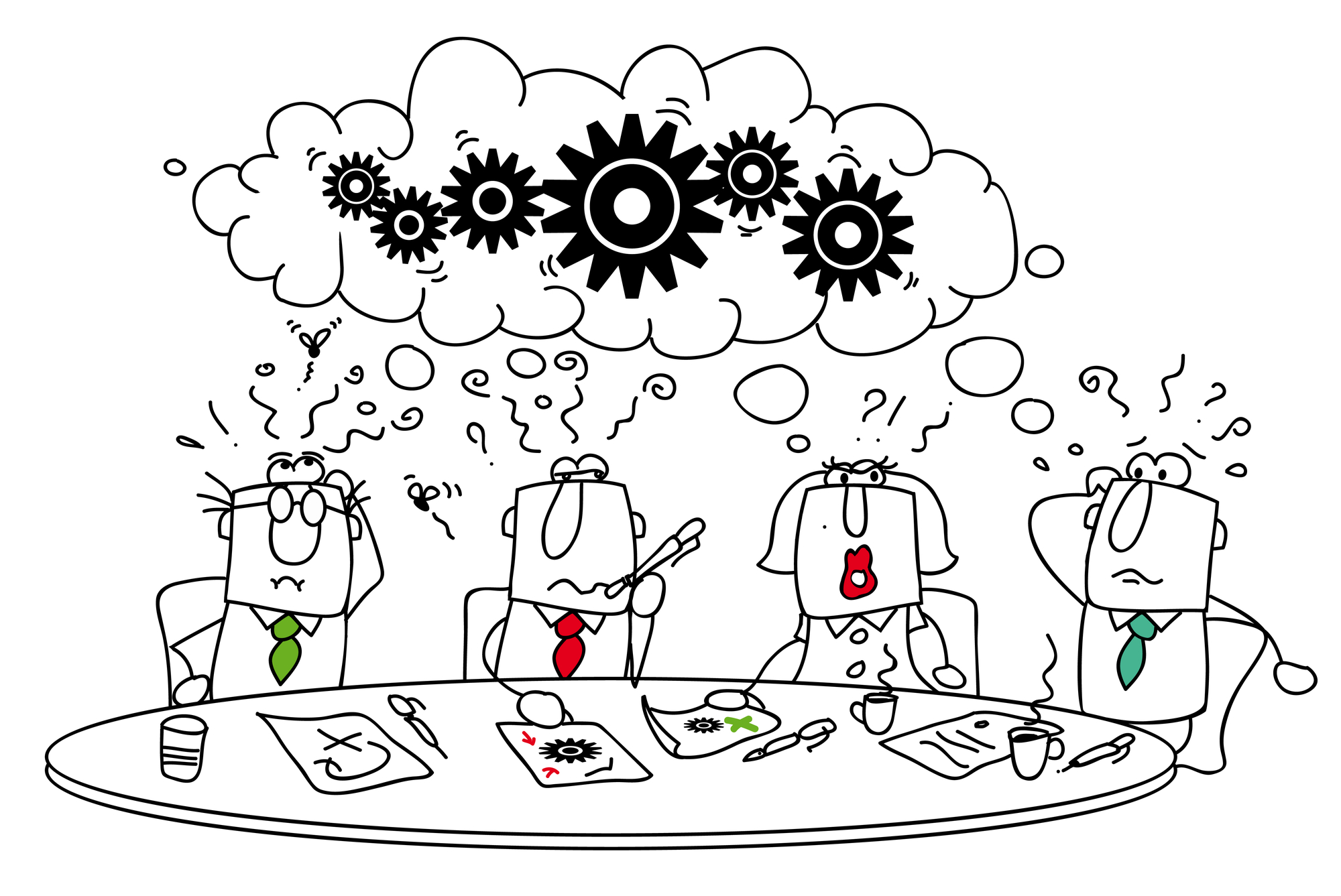
The idea for this discussion came from a chat I had with a web developer at the last expo I attended. The gist of it is that there are a large number of websites where the function of the website seems to secondary to the look and feel of the website. That ensures that many people are either not able to find the information that they require quickly or move to another website where the functionality is clear.
Trends in website design, like clothing designs, come and go, each bringing a fresh visual appeal to digital interfaces. However, like clothing, if the functionality of the website doesn’t work for the end user it doesn’t matter about the form.

First Impression
The home page of the website is the shop window. It needs to convey exactly what the business is about. Visual design is the first impression. And, undeniably, leaves a lasting impression, and it’s often said that a website has only a few seconds to captivate its visitors. However, the saying “don’t judge a book by its cover” applies aptly here. A visually stunning website might initially attract users, but if its functionality is compromised, users will quickly become frustrated and navigate away. This highlights the importance of establishing a solid foundation of functionality that complements the visual appeal.

User Experience
A well-designed website places user experience at the forefront. Smooth navigation, intuitive menus, and responsive design are vital components that enhance usability. A visually extravagant site might incorporate intricate animations and elaborate layouts, but if users struggle to find the information they’re looking for, the design loses its purpose. By prioritizing easy navigation and seamless user experience, designers can create an environment where users feel at ease while interacting with the content.

Mobile Phones
80% of website searches are done on mobile phones. Therefore, a mobile-first approach to web design is essential. Functionality takes precedence here, as designing for smaller screens forces designers to prioritize content hierarchy, eliminate clutter, and optimize performance. A design that adapts seamlessly across various screen sizes enhances user engagement and ensures a consistent experience, regardless of the device being used.
 Loading Times
Loading Times
Flashy graphics and elaborate animations might be visually captivating, but they often come at the cost of longer loading times and the possibility of physical reactions such as seizures. Research consistently shows that users are highly sensitive to page loading speeds. A website that takes too long to load risks losing impatient visitors before they even experience its content. Prioritizing function by using efficient coding practices and optimizing images can significantly enhance a website’s performance, making it more accessible to a wider audience.
 Accessibility
Accessibility
Web design that focuses on function recognizes the importance of accessibility. An inclusive approach ensures that individuals with disabilities can navigate and interact with the website just as effectively as those without disabilities. Features such as alt text for images, proper heading structures, and keyboard navigation contribute to making the website usable for everyone. Prioritizing accessibility isn’t just a moral imperative—it’s a legal requirement in many jurisdictions

Understanding
Functionality in web design also extends to content presentation. Clean typography, clear readability, and well-structured layouts contribute to the overall user experience. If users struggle to read the content due to overly stylized fonts or poor colour contrast, the design becomes a barrier to effective communication.
To summarise, visual aesthetics undoubtedly has their place in web design, the shift towards prioritizing function over form signifies a recognition of the deeper purpose of a website—to deliver content and services efficiently to users. A well-functioning website not only satisfies user needs but also encourages them to return for more. Balancing aesthetics with functionality ultimately leads to a harmonious and user-centred digital experience. So, in the pursuit of creating stunning websites, let’s not forget that beauty is truly in the usability of the beholder.
